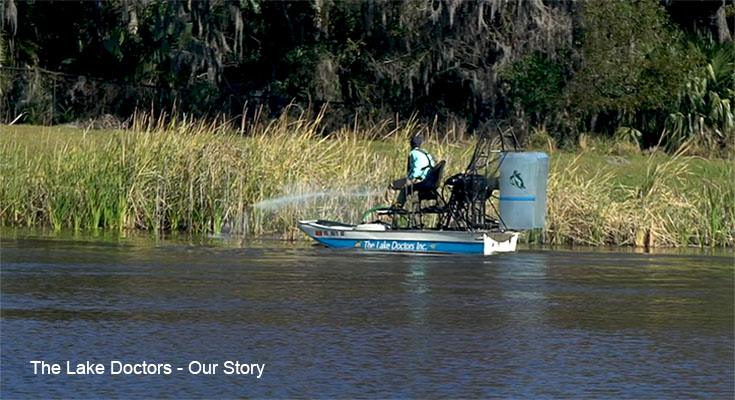Aquatic weeds can be controlled using several methods, including herbicides and dredging. Although herbicides provide temporary control, they require several treatments and retreat in subsequent years. Other options include biological control and habitat manipulation.
Habitat manipulation
Habitat manipulation is a key part of aquatic weed management. Aquatic weeds can be controlled by reducing the number of nutrients and algae in the water. Reducing nutrients and algae will also improve water clarity and allow light to penetrate deeper layers of water.
Habitat manipulation can be done in many ways, including using predatory fish and introducing native plants and animals that feed on aquatic weeds. This aquatic weed control Florida has been used extensively overseas and is commercially available to New Zealand water body managers. However, it requires approval from the Ministry of Conservation Fisheries and the regional Fish and Game Council. Furthermore, it requires consultation with the public and relevant Iwi before it can be introduced.
A common technique involves lowering the water level of a pond, which allows the shallow parts of the water to dry out. This method works well in controlling some submerged weeds but must be repeated throughout the summer. Another effective method is the drawdown technique, which reduces the water level over the winter to freezing and thawing, killing off aquatic weeds’ underground rhizomes.
Dredging
One of the best ways to manage aquatic weeds is to remove them from the water. They can be a nuisance to fish, preventing them from getting the food needed to survive. They also detract from the beauty of water bodies. They can stunt fish growth and cause overpopulation.
While herbicide treatment is one option, it’s important to remember that herbicides are not permanent solutions and may only provide temporary relief. Herbicides kill weeds, but they also leach nutrients into the water. These nutrients could potentially stimulate new weed growth. Also, some herbicides can harm the environment and only be used in certain situations.
Dredging is another option for controlling aquatic plants. It can help reduce the sunlight available to weeds, especially cattails. It can also reduce the number of fish in a pond, which helps restore the population. Another way to control aquatic weeds is to use black plastic sheeting attached to floats. This method can be very effective but should be left in place for at least one month to achieve the desired effect. This method is especially effective around boat docks, fishing piers, and swimming beaches.
Insects
Aquatic weeds invade human-altered ecosystems and require a multi-pronged approach to control their population. Biological control methods include insecticides, biocontrol agents, and fishes that eat aquatic weeds. Each method has its benefits, but each must be used in conjunction with the other.
Biological control of aquatic weeds is an ongoing, collaborative process often involving multiple jurisdictions, private landowners, and non-governmental organizations. Biological control methods are used to sustainably counteract aquatic weeds and prevent the spread of invasive plants.
Two insect species were introduced to Florida in 1964. One is the hydrilla tuber weevil, which was originally from Argentina. It is a member of the Chrysomelidae family and can effectively control terrestrial and aquatic alligator weed. The other is the Arcola (=Vogtia malloc), a small brown moth native to Argentina. Although this insect is effective for controlling aquatic weeds, its sensitivity to extreme temperature and light conditions makes it less effective than other insect species.
Biological control
Using biological control as an aquatic weed management method can be an excellent alternative to chemical methods. However, its success rate is unpredictable, and biocontrol methods should be used in conjunction with other methods when necessary. In addition, biological control agents are rarely effective alone; they work best when combined with other strategies to eliminate the entire weed population.
Using biological control as an aquatic weed management method has several major success stories. Biological control agents were first used in the southeastern United States and the Gulf of Mexico. The use of leaf-feeding beetles to control alligator weed has had promising results. In Florida, the beetle has significantly reduced the population of alligator weed, but the beetles have yet to establish a population in southern California.
Biological control agents can be introduced into a new area to control non-native invasive species. These agents are imported after a thorough study and are released into a new habitat. This type of biological control is known as classical biological control and relies on subsequent generations of the biocontrol agent to control non-native species





